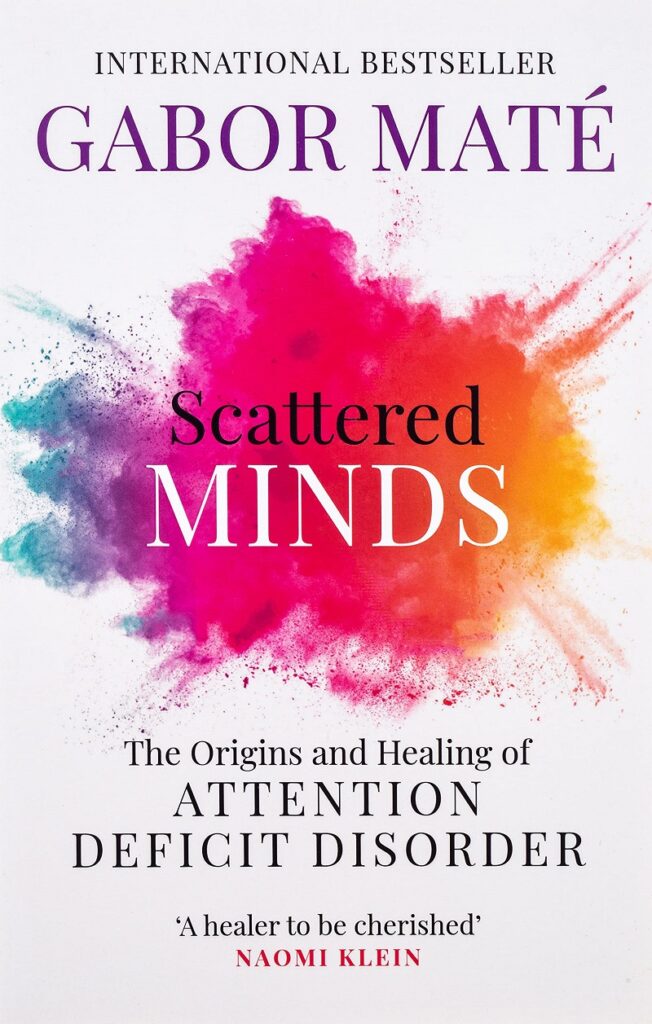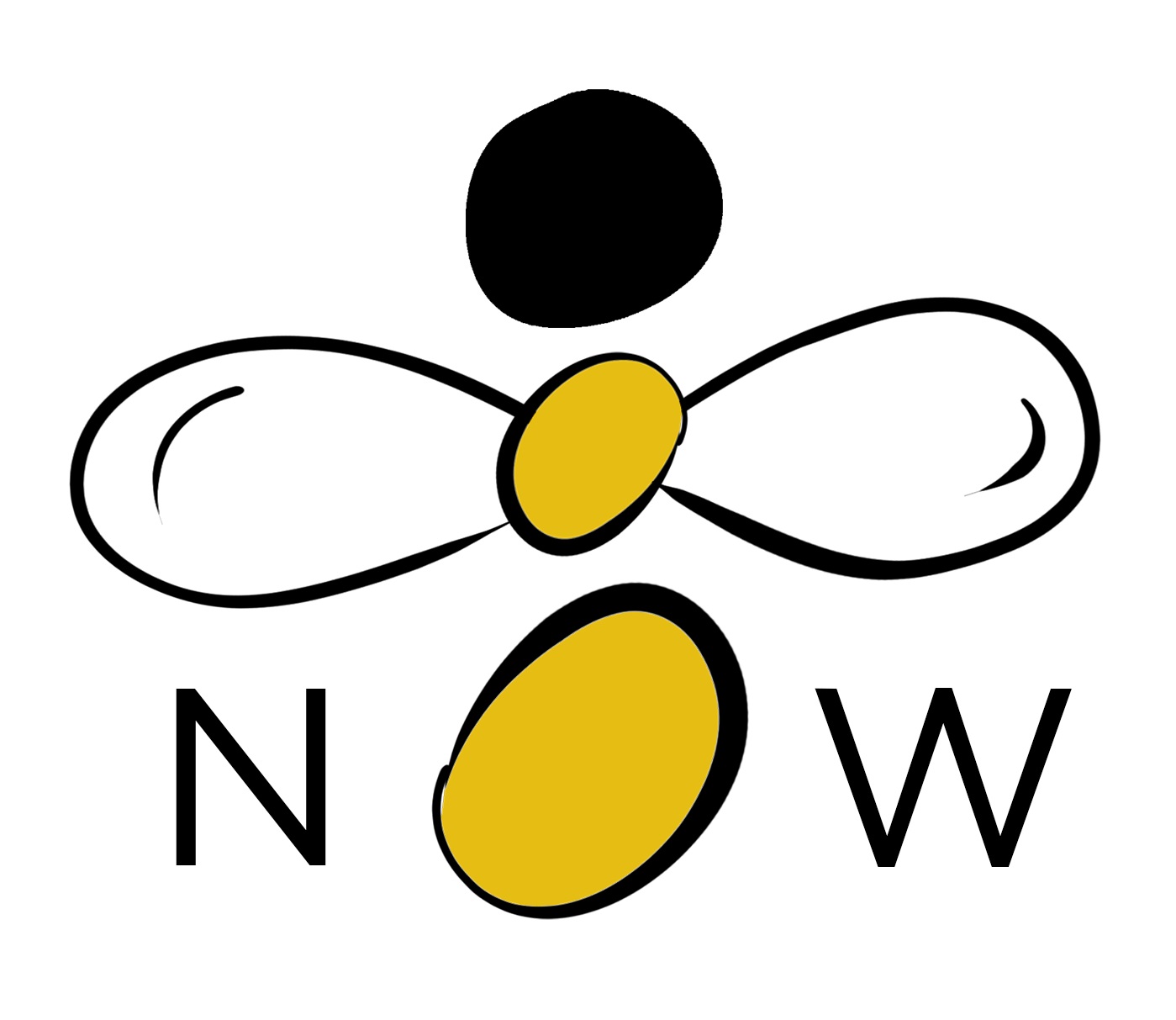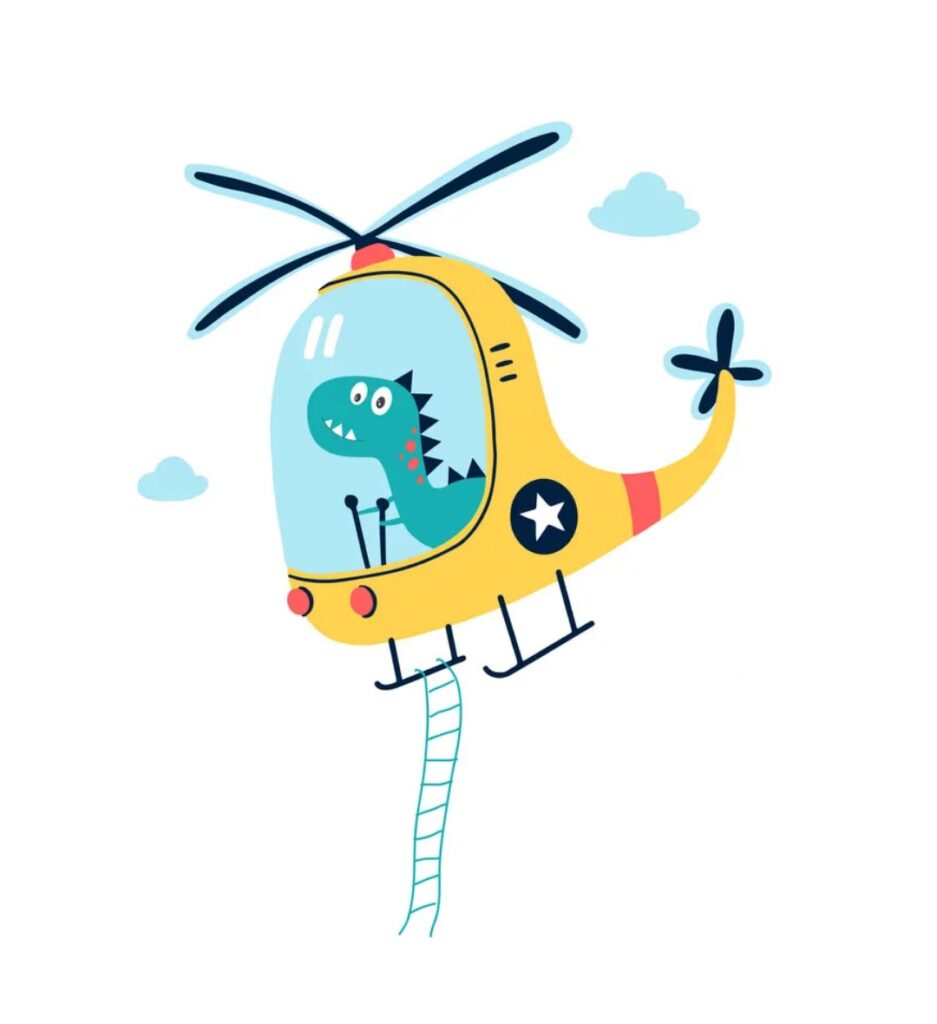
Distraction is something we all deal with from time to time but its shades and intensities can vary from person to person. When we’re talking about qualities of attention, presence of mind adds clarity and flexibility, absence of mind adds noise and frustration. A big part of mental health is maintaining conscious awareness.
In college, I had trouble paying attention in class. Not always, but at times it was strangely obvious. Sometimes during lectures, my mind would automatically shut down. I’d just hear WAWAWAWAH like the speaker was suddenly talking in a different language. Everything became muffled no matter how hard I tried to listen. The continual absence of mind was frustrating.
It wasn’t that the lecture was boring. Actually, I was keen to understand but my mind just fell into fragments. It was like someone else was in the control room in my head, sliding the noise levels up and down; and I was not invited inside the control room. It was an internal battle between “me” and my mind, and mind always won when its grips were tight.
The mental shutdown was puzzling and I felt helpless, but I never bothered to get diagnosed with a mental disorder. One professor suggested I see a psychiatrist and see if I have Attention Deficit Disorder (ADD or ADHD, H is for hyperactive), which is basically unsteady attention. She said the diagnosis would allow me special benefits in class.

Getting diagnosed wasn’t so appealing to me because I didn’t want to be viewed as a “special needs” person. My secret battle with depression was disabling enough so I thought all of my mental pitfalls were because of the big dark hole that lived inside me.
Novelty-seeking behavior is another attribute of the ADD mind. If you look at my career path over the past 10 years it would seem like random jumps. There’s nothing linear or rational about my career, but there is an underlying pattern that’s fueled by my values. This realization took many years to uncover.
Unsteady attention also lends itself to missing social cues which made me an easy target for bullies. As a kid, I frequently tuned out social interactions. It was a defense mechanism. There are numerous occasions where I’ve missed someone’s snarky comment aimed at me to which people laughed. I could sense the mocking nature of the comment and people’s reactions but I missed the content so I didn’t know what to say and stayed silent like a deer in headlights.
I spent many years developing coping tools and self-regulation practices like meditation, exercise, therapy, art-making, setting graceful boundaries, and learning about the brain. All these practices provided me an extra gear to slow down and own my feelings rather than avoid them and aggravate my ADD and depression.
With many failures along the way, now my depression has matured from being a pitfall to being a guide. Depression has taught me about my values and showed me what I’ve been avoiding.
Meditation was particularly helpful because it added a dimension of silence that wasn’t there before. Slowing down and staying in direct contact with my inner world gave me confidence and trust in myself and helped me to remember my “why” which is to fully feel what it means to be a human.
Before I lacked the discipline of stillness and avoided it because slowing down meant feeling my feelings and that made me feel weak. Poetry helped me to see things differently. Rumi’s poems hit home in lines like, “light enters through the wound.”
I still catch myself being absent-minded from time to time but it’s rarely overwhelming. I would maintain though that I am a “special needs” person, with or without a diagnosis. I have a peculiar array of emotions that change moment by moment and I don’t assume to understand all of it. I also have smart and dumb moments like everyone else so in that sense I’m not so special.
Pulled by a spin
Even though my ADD isn’t severe, I have friends, relatives, and counseling clients who experience different shades and intensities of it. ADD is an interesting state of cognition because it spans across age and culture and it can impact a person’s career, social life, and parenting abilities. But before an actual diagnosis is considered, we need to understand cognition and emotional distress.
ADD is a cognitive state where many plates are spinning in the wheelhouse of the mind. The reason for the speedy spins is due to a heightened sensitivity to stimuli. Interest levels fluctuate often and sometimes unknowingly due to dysregulated dopamine flow in the brain (dopamine is a hormone that controls attention).
Focus and mood for a person with ADD highly depend on internal motivation, meaning voluntary and unforced desire. Mental engagement is easy to dissociate when something is boring or meaningless. In other words, it’s difficult for a person with ADD to put all of their eggs in one basket, especially if it’s a dull basket. So, it can become crucial to have strategies for managing boring situations. The state of ADD highly depends on the pull of natural curiosity.
“I can read a 500-page novel that I love much faster than a one-page article that I don’t care for.” Says Stephen Tonti, an adult with ADHD and TEDx speaker. I spoke with an executive of a large global corporation and she said, “I used to take Ritalin (an ADD pill) during boring administrative work.”
The ADD industry
Poor attention skills, weak impulse control, and lack of stillness – all sound like the traits of a modern person including myself as I’m writing this. But it turns out these are the 3 major features of ADHD and the diagnosis shows up frequently across eastern and western cultures.
When the term ADD first appeared in the Diagnostic and Statistical Manual (DSM) in the 1960s, pills like Ritalin and Dexedrine joined the quick-fix party. ADD was an official diagnosis and we had an approved treatment so into the 1990s the number of kids and adults diagnosed with ADD had multiplied in US and Canada.
As more people were diagnosed,
More pills were produced,
More profits earned,
And the ADHD industry grew.
(my little poem)
Today the global market for ADD drugs is worth around $10 billion and estimated to be $24 billion by 2025. A recent survey in the US reports 5 million children and 4% of adults are diagnosed with the condition. One 2018 study in China reports there are nearly 10 million children with ADHD and is one of the most common psychiatric disorders among children in China. Males are also more likely to be diagnosed than females.
Powered by DSM, the disease model pushes ADD as a disorder that needs fixing. What’s not emphasized is cognitive diversity and emotional pain. As noted by UCLA psychiatrist Daniel Siegel, “DSM is concerned with categories, not pain.” At the heart of attention is about how we internalize emotional pain and accept different cognitive states.
Sensitivity adds spin in the mind and when it’s paired with unresolved emotional pain, the brain can get overwhelmed and shift into survival mode: fight, flight, or freeze. What’s needed is the right awareness and sensibility to flexibly move through the survival state.
If Charlie has a problem paying attention, the question is “what’s happening inside Charlie,” not “what’s wrong with Charlie.” The nature of attention is complex. Just because we don’t understand it, doesn’t necessarily mean it’s a disorder. Healing means wholeness. If Charlie is hyperactive due to unresolved trauma, the question is not necessarily “how to numb the pain with pills.” Instead, Dr. Gabor Mate emphasizes the question, “what are the conditions that make healing possible?”
The real world
One doctor in New York told me “ADD is not a diagnosis until it’s causing significant distress in the person’s life.” It makes me wonder, are people being pre-maturely diagnosed? When a kid is displaying emotional outbursts, could it be coming from an unprocessed emotional pain? Even if a diagnosis is correct, are the right training modules being implemented for teachers, parents, and healthcare professionals? I wonder.
ADHD is a cognitive condition and it’s a disorder if the mental chaos significantly disempowers the person. In the absence of judgment, the chaos of the spinning mind can be properly channeled to empower a wider range of experiences for a person to benefit their career, health, and social life.
Cognitive states vary not only among people but also within a person moment by moment. While the education and medical system emphasize categories without acknowledging the underlying feeling, the real world is one of neuro-diversity and exquisite emotions.
Hyper-sensitivity coupled with unresolved emotional pain is a recipe for emotional tailspins. It’s also possible that the unresolved trauma is the cause of the mental spins. Emotional nerve endings become exposed and vulnerable to stress and the body’s defense system is more readily reactive. Under such conditions, impulses become more difficult to manage.
Stillness and chaos
When a helicopter loses control, it falls into a tailspin and chaos unfolds for the pilot. At that moment everything becomes a battle for attention. Without the right training, the pilot’s cognitive load naturally gets overwhelmed with stress, the nervous system pumps out stress hormones like cortisol and his/her focus would eventually shut down.
A person with ADD might be more vulnerable to a tailspin but the right training would have measures to prevent a tailspin, and in the case of a crisis the training would have targeted and adaptable strategies in place.
Training implies choice,
not to escape the stress,
but learn to slow down
inside the noise.
An emotional trigger can throw a person into a tailspin if they aren’t aware of their blind spots. The right training, or set of experiences, can reprogram the brain and its pitfalls.
In stillness, a person is vulnerable to feeling the underlying chaos of emotions. Unfelt vulnerability is a weakness, a blind spot. But when we feel and own our vulnerability it becomes a window into flexibility and control. With the right awareness, chaos is an opportunity to dance with aliveness. Chaos is swallowed in stillness and slowing down means embracing uncertainty. In the words of Nietzsche, “You must have chaos within you to give birth to a dancing star.”
Attention and emotional health
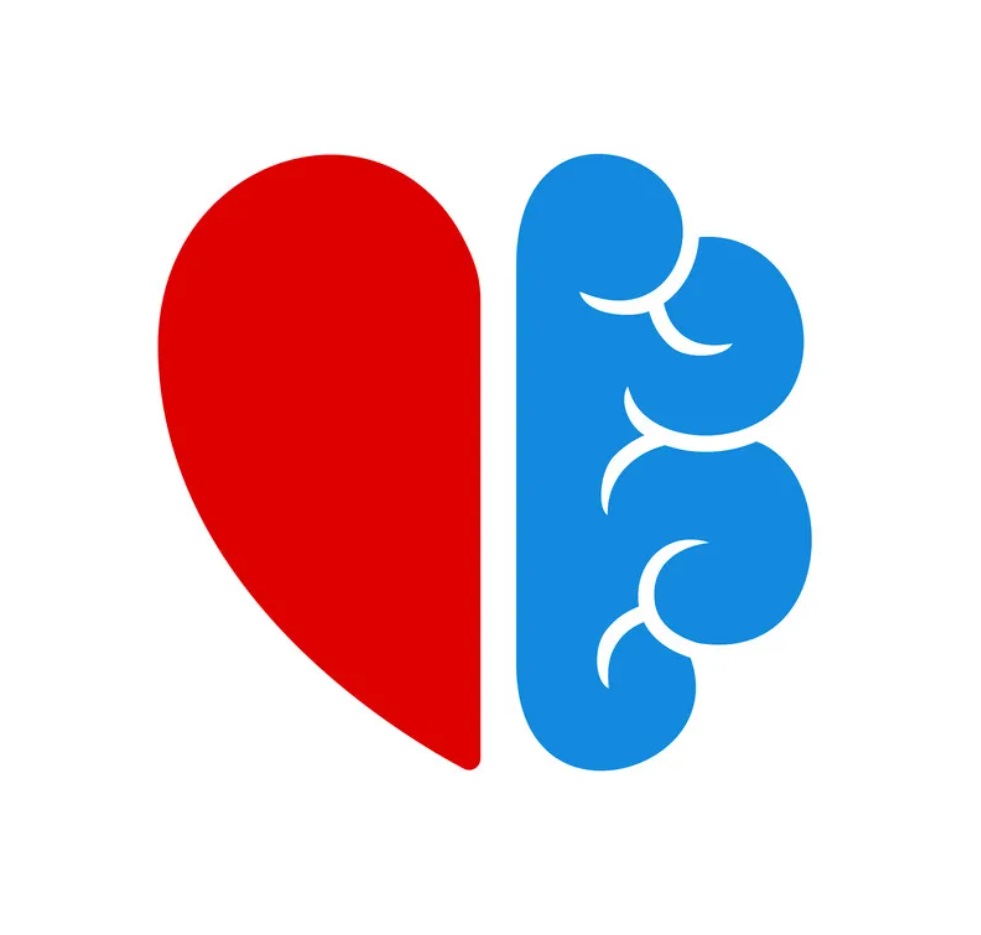
As a mental health practice, the nature of stress can be appreciated and observed. But some education and healthcare professionals keep to a disorder bias that’s obsessed with categories and symptoms. The disorder bias fails to acknowledge the root cause and systems view of things.
Attention involves various parts of the brain, a complex network, and it’s influenced by the flow of emotions. Emotional blind spots add noise to the system and the main barrier is repression. If there’s emotional pain buried somewhere in the body, a blockage forms and stress builds, which damages the steadiness and ease of attention. The task is to acknowledge the pain, examine its roots, undo the shame, and restore awareness to the nervous system.
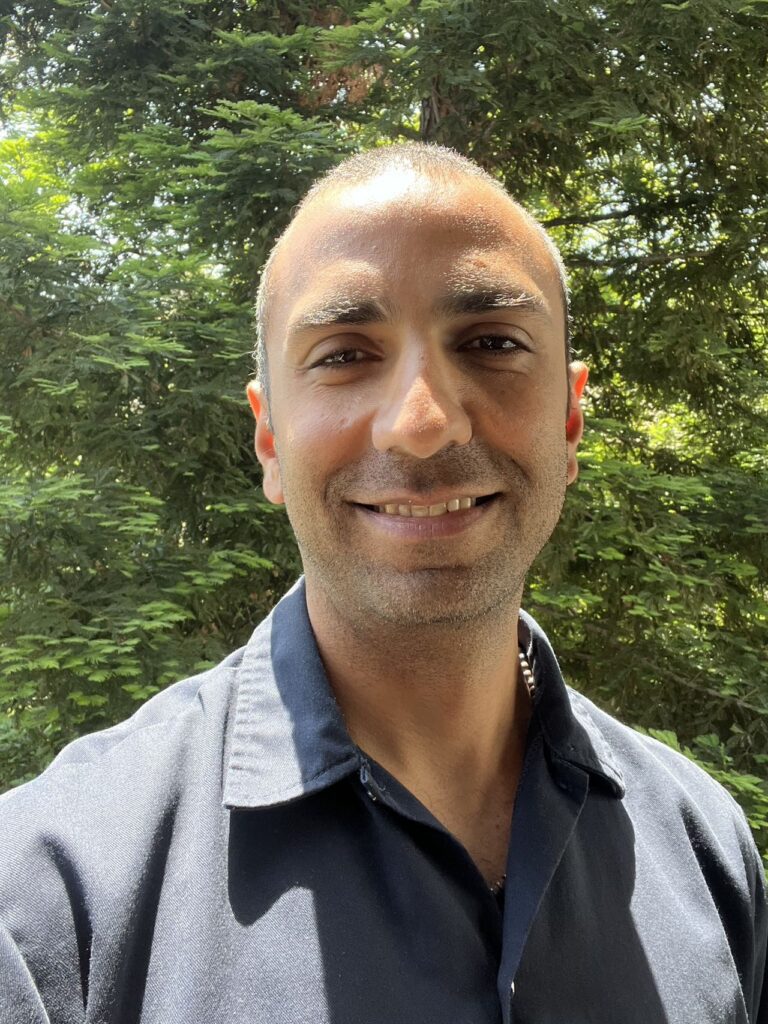
Arya Salehi embraces neurodiversity through design and the arts. His mission is to help individuals be at their best by fostering trust and connection in their work and personal relationships.
Author of Panic in the Soup and host of the Bee Now podcast, Arya is a seasoned coach and facilitator. As a UX designer, he applies human-centered design tools to create a seamless and comprehensive user experience. It’s all about guiding people back home to themselves. He lives in Roseville, CA.
Related books on ADD
